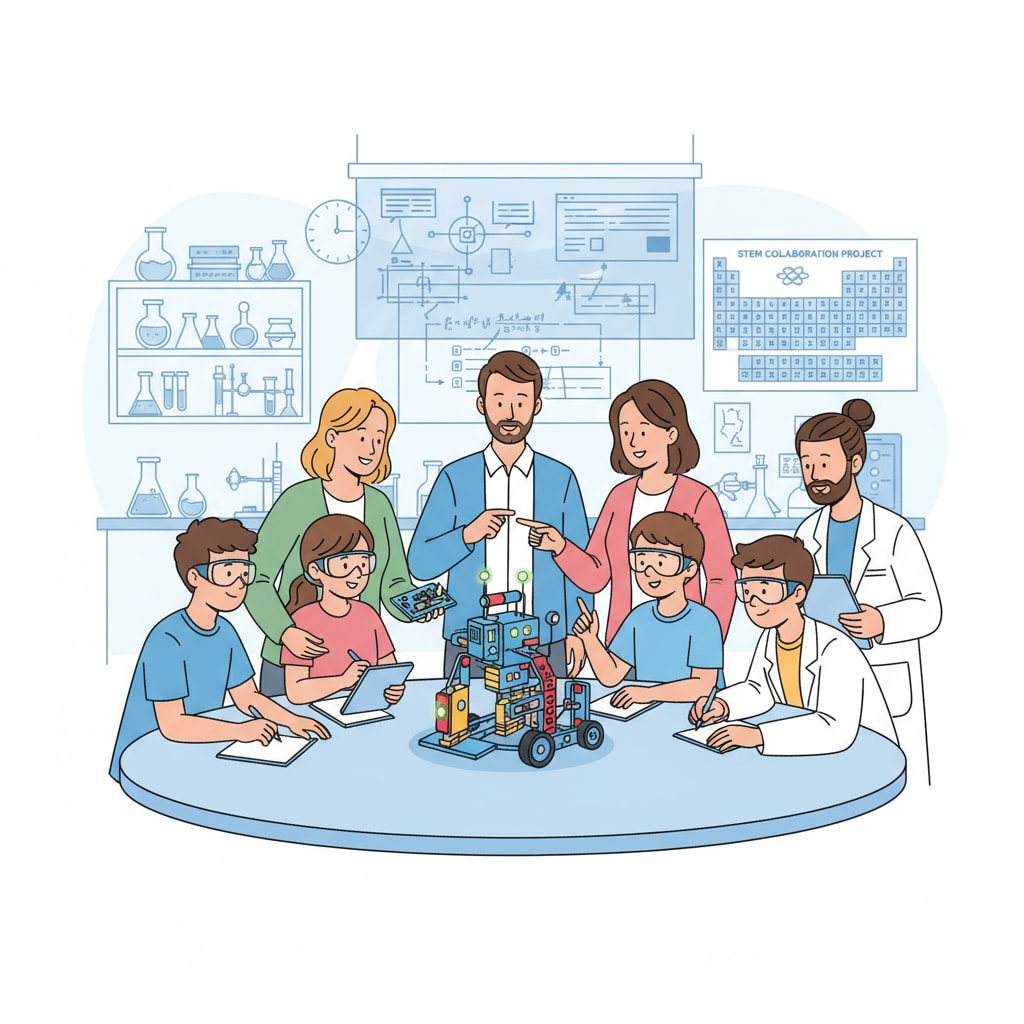STEM education, partnerships, and collaboration methods play a crucial role in shaping the future of education. In today’s rapidly evolving world, the demand for individuals with strong STEM skills is on the rise. To meet this need, schools, businesses, and social organizations are coming together to form partnerships that aim to provide students with a more comprehensive and engaging STEM learning experience.

The Significance of STEM Education Partnerships
Partnerships in STEM education bring together diverse resources and expertise. Schools offer the educational infrastructure and access to students, while businesses contribute real-world industry knowledge, technology, and financial support. Social organizations can provide additional community resources and programs. For example, a technology company partnering with a school can expose students to the latest technological advancements. This collaboration enriches the curriculum and helps students see the practical applications of STEM subjects. As a result, students are more motivated to learn and better prepared for future careers in STEM fields. STEM education on Wikipedia
Effective Collaboration Models
One effective collaboration model is the mentor program. In this model, professionals from businesses or social organizations serve as mentors to students. They provide guidance, share their career experiences, and offer insights into the STEM industry. This not only helps students develop their skills but also gives them a clear vision of their future. Another model is joint curriculum development. Schools and partners work together to design curricula that incorporate real-world scenarios and the latest industry trends. This ensures that students are learning relevant and up-to-date content. Additionally, financial support from partners can be crucial in funding STEM programs, purchasing equipment, and providing scholarships.

Success Stories in STEM Education Partnerships
There are numerous success stories in STEM education partnerships. For instance, a local manufacturing company partnered with a school district to create a robotics program. The company provided funding, equipment, and engineers to serve as mentors. As a result, students were able to participate in robotics competitions and gain hands-on experience in programming and engineering. Another example is a partnership between a university and a non-profit organization. They worked together to develop a summer STEM camp for middle school students. The camp included workshops, field trips, and research projects, which significantly increased students’ interest in STEM subjects. STEM education on Britannica
In conclusion, STEM education partnerships and their collaboration methods are essential for providing students with quality STEM education. By leveraging the resources and expertise of different partners, we can create a more engaging and effective learning environment. As we continue to explore new collaboration models and learn from success stories, we are better positioned to prepare the next generation of STEM leaders.
Readability guidance: This article uses short paragraphs and lists to summarize key points. Each H2 section provides relevant information. The proportion of passive voice and long sentences is controlled, and transition words are added throughout the text to enhance readability.


